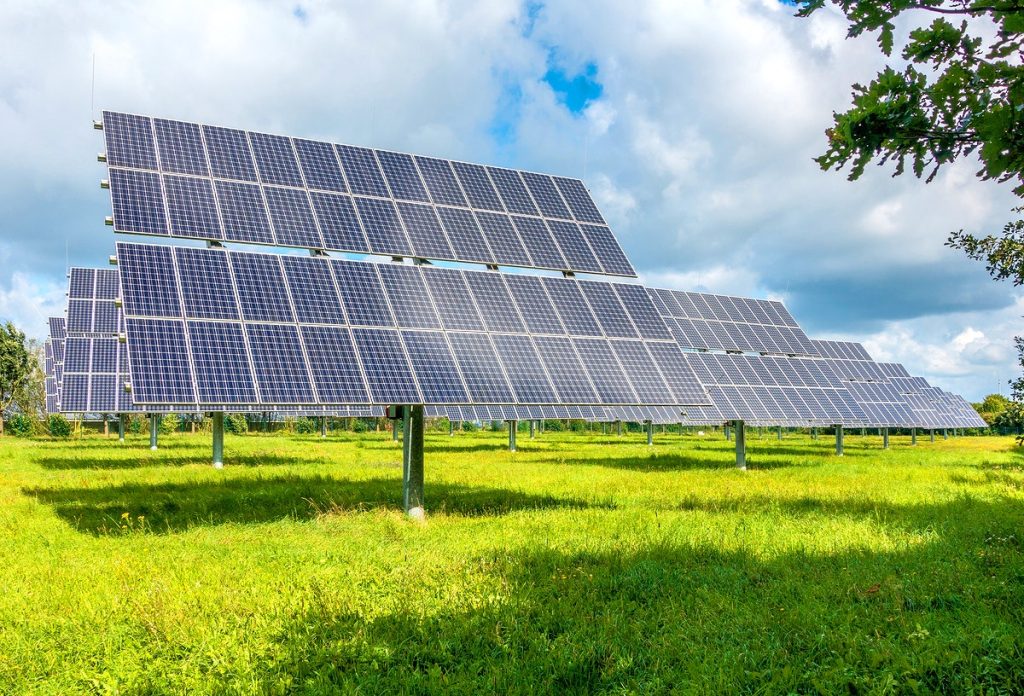In the world of agriculture, few crops are as versatile and promising as hemp. This exploration delves into the remarkable resurgence of hemp, its wide-ranging applications, and its transformative potential for sustainable industries, showcasing how this once-underestimated plant is now at the forefront of green innovation.
The Hemp Resurgence
Hemp is experiencing a remarkable resurgence in the 21st century, driven by its potential to revolutionize numerous industries, from textiles and construction to healthcare and energy. This revival marks the return of a versatile and eco-friendly crop that has been historically underutilized.
Beyond THC: The True Nature of Hemp
Hemp is often confused with marijuana due to their shared Cannabis family heritage. However, hemp is distinct in its low THC (tetrahydrocannabinol) content, the compound responsible for the psychoactive effects of marijuana. Hemp’s value lies in its non-intoxicating properties and its diverse applications.
Textiles: Sustainable Fashion With Hemp
Hemp fibers have been used for centuries, known for their strength, breathability, and durability. With the fashion industry increasingly embracing sustainable practices, hemp textiles are making a comeback, offering a renewable and eco-friendly alternative to conventional materials.
Building the Future: Hemp Construction
Hemp-based materials, such as hempcrete, are transforming the construction industry. Hempcrete is a lightweight, energy-efficient, and environmentally friendly building material, contributing to more sustainable construction practices and reduced carbon emissions.
Fueling the Green Revolution: Hemp Biofuels
Hemp biofuels are on the rise, offering a sustainable and renewable energy source. Hemp’s fast growth and high biomass yield make it a promising candidate for reducing our reliance on fossil fuels and mitigating climate change.
Hemp for Health: Cannabidiol (CBD) Revolution
Hemp-derived products, particularly CBD, have taken the health and wellness market by storm. With potential therapeutic benefits, CBD is used in various products, including oils, supplements, and skincare, catering to a growing demand for natural and holistic well-being.
Sustainable Agriculture: Hemp’s Environmental Impact
Hemp is renowned for its low environmental footprint. It’s a resilient plant that grows quickly, requires minimal water, and can thrive without the need for synthetic pesticides. Its cultivation can improve soil health, showcasing its regenerative potential.
Navigating Regulatory Challenges
Despite its potential, hemp faces regulatory challenges and misconceptions. The legal landscape varies across regions, creating complexities for cultivation and product development. Misconceptions linked to hemp’s relation to marijuana and THC content have also hindered its widespread acceptance.
Conclusion
Hemp’s resurgence symbolizes a green revolution with far-reaching implications for sustainable industries. Its versatility, low environmental impact, and potential for transforming textiles, construction, energy, health, and agriculture make it a vital player in the quest for a more eco-conscious and resilient future. Hemp is not just a crop; it is a catalyst for innovative, nature-friendly, and healthier practices, forging a path towards a more sustainable world.


Pingback: History & Development of Nano Fertilizers in Agriculture